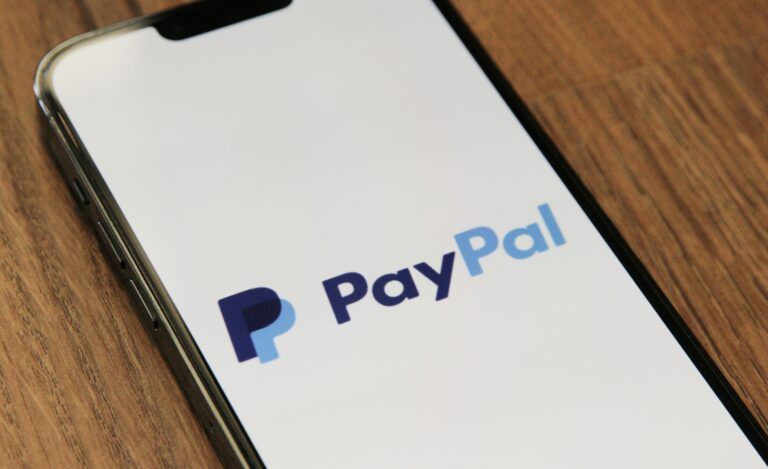Imagine waking up to a world where Windows PCs and servers suddenly fail to boot up. Imagine the chaos as banks, airlines, retailers, and broadcasters grind to a halt. This nightmare scenario became a reality on early Friday morning of July 19, 2024, when a faulty CrowdStrike update triggered widespread Windows crashes across the globe.
First reported in Australia, it soon spread. Sky News in London, England. Germany’s Berlin airport. Delta, United Airlines, American Airlines. Alaska 911 emergency call centers. The global IT outage from a simple security software update tore the world down.
As a payments professional, I cannot underscore enough the urgency and significance of this incident. It exposes the fragility of our increasingly digitized society and the risks of over-dependence on single points of failure.
We must confront this wake-up call head-on and take immediate action to build resilience into our digital infrastructure and payment systems.
THE BEST BACKUP TO YOUR PAYMENT SYSTEM
Dependency on One Solution Is Dangerous
The cybersecurity firm CrowdStrike crash lays bare the stark dangers of our growing digital dependency. When a single software bug can take down businesses globally, it exposes the inherent risks and fragility of over-relying on digital systems.
Consider the implications.
A solitary flaw in a widely used security program like CrowdStrike can trigger a cascade of failures across countless organizations. One simple blue screen of death. It can cripple banks, ground flights, disrupt broadcasters, and shutter retailers in one fell swoop. The interconnectedness of our digital ecosystem amplifies the impact of any weakness or glitch.
We cannot afford to be complacent about these risks. Cybersecurity firm SonicWall reports that ransomware attacks increased by a staggering 105% in 2023 alone. The CrowdStrike incident, while not a cyberattack per se, underscores the same core vulnerability – our digital infrastructure is only as strong as its weakest link.
It is imperative that businesses and organizations urgently prioritize robust backup and recovery plans. We must design systems with redundancy, failover capabilities, and the ability to rapidly isolate and mitigate the impact of any software or hardware failure.
Regularly stress-testing our digital resilience through simulated IT outages and recovery drills is no longer optional – it is a necessity. We need to cultivate a culture of proactive risk management rather than reactive crisis response.
STOP DEPENDING ON ONE SOLUTION
Diversify, Diversify, Diversify
Imagine if your business ran entirely on Microsoft Windows and was hit by the cybersecurity company CrowdStrike bug. Your operations would grind to a halt instantly. No payments processed, no orders fulfilled, no customer service rendered. The financial and reputational damage could be irreparable.
Now imagine if you had diversified your IT stack. You had backup payment processors and offline redundancies using Linux or mac instead of only on Windows operating systems. The CrowdStrike bug would still be a major disruption, but not an existential threat. You could failover to alternative systems and maintain core operations.
Diversification is not just a nice-to-have. It is an absolute imperative in our era of digital risks. It is the key to building resilience and mitigating the dangers of over-dependency on any one platform or provider.
As business owners, we must lead the charge in advocating for diversification. We need to architect payment systems that can seamlessly route transactions across multiple rails, from traditional card networks to ACH to emerging blockchain protocols. We need to champion the maintenance of legacy systems and offline backups as failsafes against digital disruptions.
DIVERSIFY YOUR PROCESSING TO PROTECT YOUR BUSINESS
Cash Is Still King
We must not underestimate the enduring importance of cash in our increasingly digital economy. Cash is the universal, direct form of payment that operates independently of any technological infrastructure. It is the ultimate backstop when digital systems fail.
Consider the scenes that played out during the CrowdStrike global tech outage. Retailers who could only accept cash continued to make sales. Consumers who held cash could still purchase essentials. Cash provided a lifeline of financial resilience amidst the digital disruption.
This is not to downplay the importance of digital payments. They offer immense benefits in terms of efficiency, convenience, and innovation. But the CrowdStrike incident is a stark reminder that digital systems are inherently vulnerable to disruptions. Cash provides an essential layer of resilience and redundancy.
We must work to preserve a robust cash infrastructure, from ATMs to cash registers to the physical currency supply chain. We must educate businesses and consumers on the importance of maintaining cash reserves and the know-how to transact in cash during IT issues.
ACCEPT CASH AS AN ONLINE MERCHANT
Crypto and Web3’s Future
The transformative potential of decentralized technologies like blockchain and cryptocurrency offer intriguing possibilities for building a more resilient, diversified digital infrastructure for payments and finance.
Imagine a future where our financial systems are not beholden to any single point of failure, be it a software bug or a centralized institution. Imagine a world where transactions can flow seamlessly across borders and networks, without relying on vulnerable intermediaries.
This is the promise of crypto and Web3.
Decentralized technologies like Bitcoin, Ethereum, and other blockchain-based systems are designed to be inherently resilient and resistant to single points of failure. They distribute trust and authority across vast networks of nodes, making them much harder to disrupt or manipulate than centralized systems.
The CrowdStrike incident exposed the risks of over-reliance on monolithic, centralized platforms like Windows. Crypto and Web3 offer a compelling alternative path – a more decentralized, diversified, and resilient foundation for our digital economy.
We must act now to accelerate the development and adoption of these technologies. We need to invest in understanding blockchain, experiment with crypto payments, and champion the integration of these innovations into our existing financial infrastructure.
This is not to say that crypto and Web3 are panaceas. They are still maturing technologies with their own challenges and risks. But in the face of the growing threats to our digital systems, we cannot afford to ignore their potential.
The CrowdStrike incident is a wake-up call in our rush to digitize and simplify commerce and banking.









